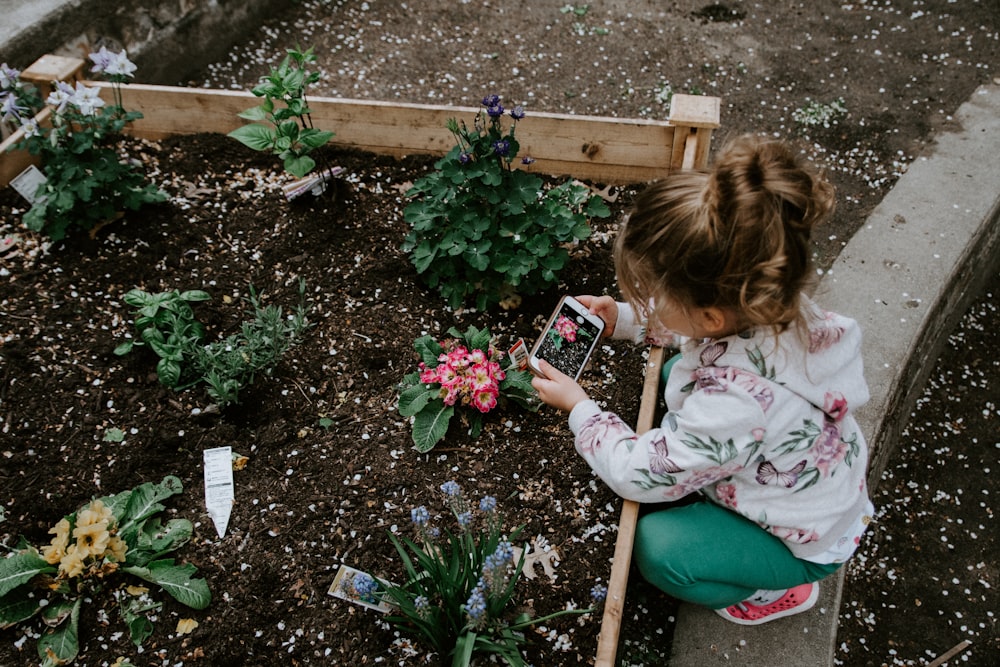As the weather has officially turned cold, the sailing season has also officially ended. Our team is closing up the compound gates until after the Christmas break! This also coincidently coincided with the ending of these blogs. For my final blog, I wanted to write about everything I feel I’ve learned over the last three months about sailing and journaling. So, here it goes.
Sailing
I started this sailing season with knowing absolutely zero about sailing or sailboats. However, overtime I got the opportunity to learn about how a sailboat works, and how sailing works. The sailboat glides through the water using two types of sails, which are called a main sail and a jib sail. The main sail controls the stern of the ship, whereas the jib controls the bow which maneuvers the ship. There is a tiller and rudder board, which are used for navigation. The tiller is control by a person called the skipper. The skipper not only controls the tiller and steering, but also the main sail. Other than the skipper, there is a person who controls the jib sail. This person is called a crew (my job!). A crew is also in charge of watching the water and any object or other boat in the way, as well as balance of the boat through body weight. The boat itself that our team used was called a 420 dinghy, a simple two-person boat that is excellent for learning on.
Other than the boat itself, I also learned about wind direction and the difference of sailing wind creates. There are different ways your boat could be hitting the wind, and each way differs how your sail are. If your boat is heading downwind, your sails need to be as far out as possible, in order to catch as much wind as needed. However, if you are heading upwind you want your sails to be as far in as possible, to cut through the wind and gain immense speed. Then, when a boat is in irons it means it is directly towards the wind and, usually, gaining almost no speed.
Other than wind direction, my team went over so many different drills and maneuvers. Here are a couple drills I had the opportunity of learning with my team. First off, tacking. One of the most basic maneuvers within sailing. It simply is switching directions. To do this, the skipper must switch the main sail while the crew switches the jib. While this happens, both must move to the other side of the boat in order to keep it upright on the water. This skill then progressed to a rolling tack, which involves tipping the boat as far as possible, tacking, and moving to the opposite side of the boat. This causes more speed to be gained, similar to an acceleration drill. An acceleration drill is a rolling tack without tacking. It gains speed while going the same direction you were going in before. Not a single one of these things did I know about before stepping foot into these sail boats, but I think they are all so fun to learn!
Journaling
I thought I would reflect on my journey of blogging so far, and how it affected my learning process. Honestly, I think being able to blog about my learning allowed me to process, understand, and grasp my learning so much better. Every week, I took time to sit down and write about my learning. This gave me a chance to reflect and put into words how I felt while learning, and what it meant to me, instead of brushing it off and moving on. Not only did it help me process after the learning took place, but I also noticed myself thinking about what I was learning as I was in sailing practice. I constantly found myself think “I have to add this into my blog!’. Overall, it was such a nice change of pace in learning to be able to simply reflect on learning.
And with that I close off this blog for the time being! I hope it inspired you to get out and try new things, especially if that new thing involves the ocean!










